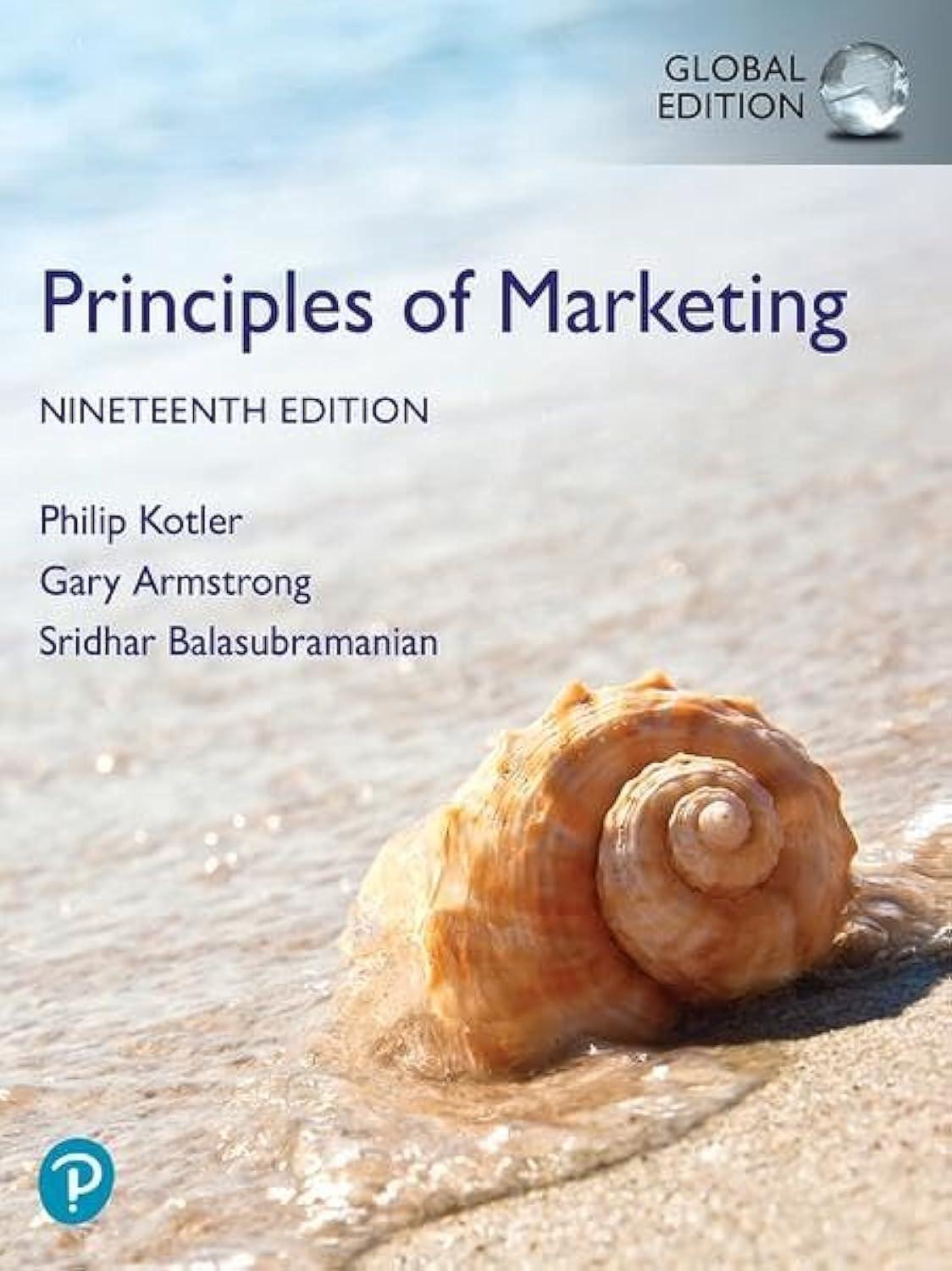The Malaysian food and grocery retail market offers the same breadth of products that consumers would expect,
Question:
The Malaysian food and grocery retail market offers the same breadth of products that consumers would expect, including packaged and unpackaged food, beverages, and household products. In 2018, the Malaysian food and grocery retail market was worth an estimated $48.2 billion with an annual growth rate of around 9.4 percent. Of this $48.2 billion, 83.2 percent, or $40.1 billion, was related to food purchases. A further increase in the market took place after the Malaysian Ministry of Finance scrapped a 6 percent tax on goods and services. This had a significant impact on the price of food and beverages.
Priti Gathani, a Malaysian restaurateur, has operated four What Tasty Food restaurants for nine years, and in March 2021, she opened her first grocery store in affluent Bangsar, a residential suburb on the outskirts of Kuala Lumpur, under the banner The Hauz of Spize. Gathani and her partners hope that they will break even within the first eight months of operation. Gathani hopes to open a chain of stores over the next few years with a focus on fresh vegetables, hand-ground spices, and organic produce. However, finding the right balance of products and stocking levels is challenging. Not stocking enough merchandise-in this case, fresh produce-results in lost sales. But carrying too much inventory increases costs and lowers margins, especially because of perishability. Both conditions reduce profits. One measure of a reseller's inventory management effectiveness is its stockturn rate (also called inventory turnover rate for manufacturers). Retailers want to realize a large volume of sales on as little inventory as possible while maintaining enough stock to meet customer demand. To determine this, Gathani needs to run short-term market tests in select stores to determine the optimum inventory levels.
Using the data below, determine The Hauz of Spize’s weekly stockturn rate for fresh produce during one of the market tests. Refer to Analytic Ratios in Appendix 2, Marketing by the Numbers to learn how to calculate stockturn rate.
Data from apendix
Another useful ratio is the inventory turnover rate (also called stockturn rate for resellers). The inventory turnover rate is the number of times an inventory turns over or is sold during a specified time period (often one year). This rate tells how quickly a business is moving inventory through the organization. Higher rates indicate that lower investments in inventory are made, thus freeing up funds for other investments. It may be computed on a cost, selling price, or unit basis. The formula based on cost is:


Step by Step Answer:






